Product adoption is probably the most important process in any user’s journey with a piece of software.
This is when new customers become frequent users of a product and learn how to achieve success with it.
However, adoption is a process fraught with challenges. After all, software products can be quite complex and learning how to use them is sometimes difficult.
If users can’t find value in the software very soon after purchase, they will abandon it, often permanently.
Never fear, though. In this article, you’ll find four tried-and-true methods for increasing SaaS product adoption that will help you retain your customers after purchase.
Let’s see what they are.
Personalize the Product Onboarding Process
As they begin interacting with your software, the user will try to ascertain whether or not your product is the right fit for them.
If you can’t convince them that it is, you risk losing them as a customer.
That means SaaS providers must pull out all the stops during onboarding to prove to customers that they’ve made the right decision buying their software.
They can do that by establishing a personal connection and supporting customers at the start of their journey with the product.
As a matter of fact, customers themselves report that their loyalty depends on a personal touch and quality onboarding.
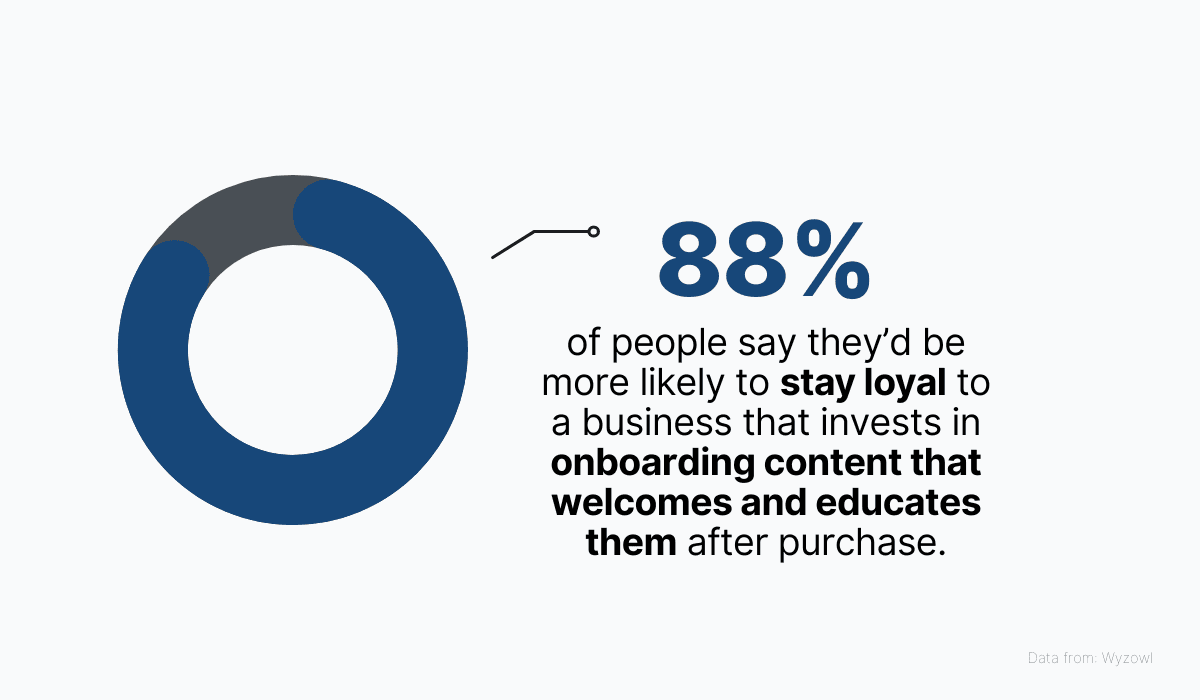
Source: Archbee
So how can you make your onboarding process feel more personal?
Well, you can start by examining your welcome email. This is the first time you will be talking to your new user after they’ve converted, so it’s good to start off on the right foot.
For instance, you could ensure that the email you’re sending the welcome message from has a proper name and profile picture attached to it so that the user feels like they’re talking to a real person.
Have a look at the screenshot below:

Source: Appcues
This is an excellent example of personalized communication. The sender has a name and picture and also addresses the user by their first name.
It really can be that easy to establish a personal connection.
On the subject of names, it’s definitely a good practice to use the customer’s name during the onboarding process.
Thankfully, acquiring that bit of information is quite easy. Just ask for the customer’s name during signup.
They’re already giving you their email address, so providing a name as well shouldn’t be a problem.
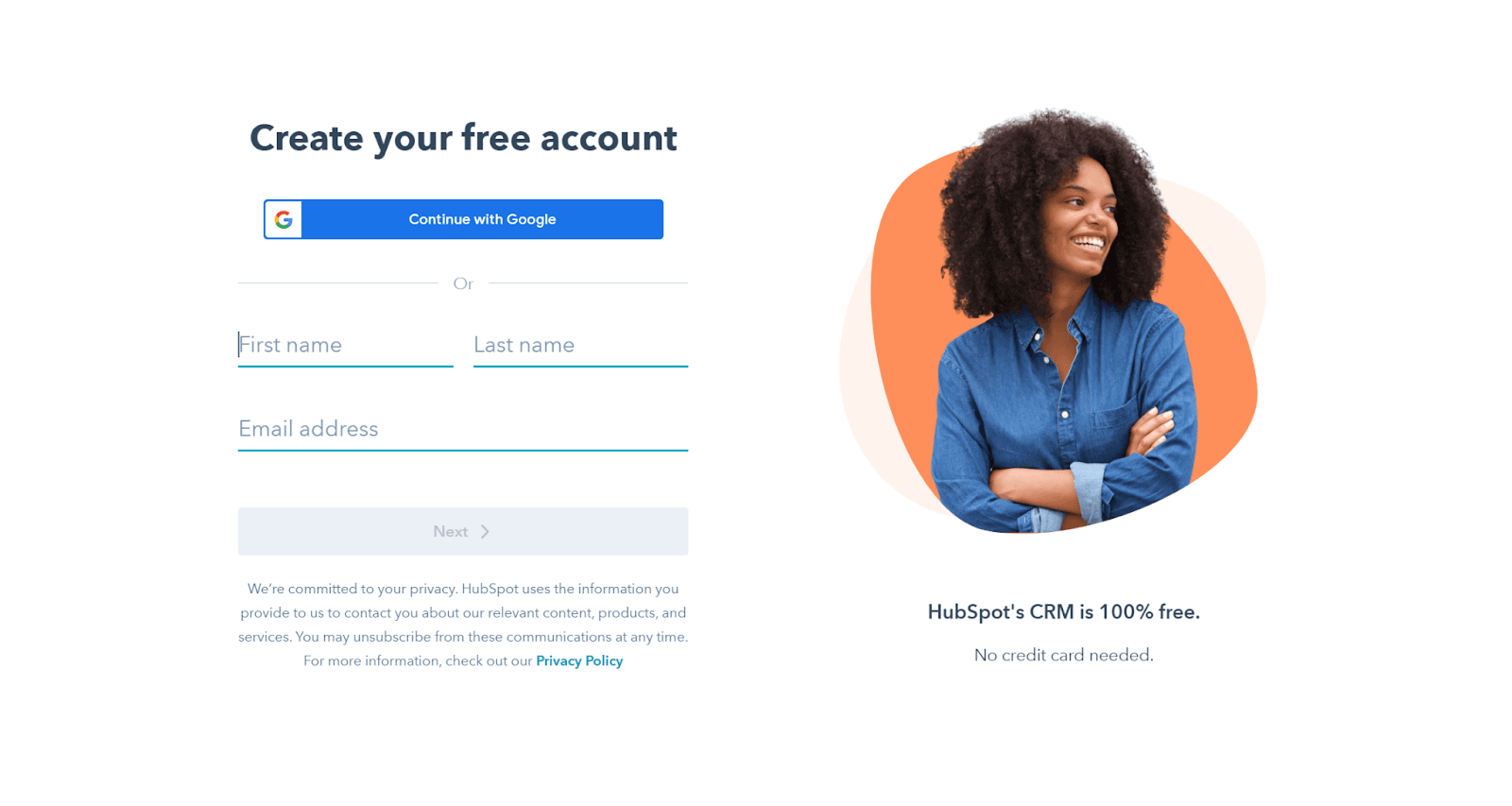
Source: Hubspot
After that, it should be easy to include it in the onboarding materials, interactive elements, and all further communication.
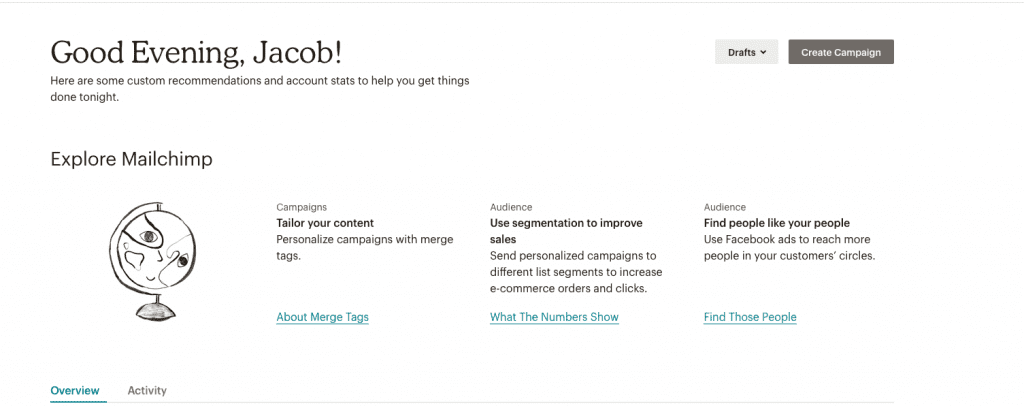
Source: Jacob LE
But it’s not just about names.
The most personalized onboarding experience should also factor in other user data, such as their level of expertise, role at the company, or intended use of the product.
To gather this kind of data, you’ll have to take steps to segment users into categories using questionnaires or information requests.
Here’s a great one from Canva.
As part of the onboarding process, the graphic design app asks users to provide information about how they intend to use the software and then segments users according to that information.
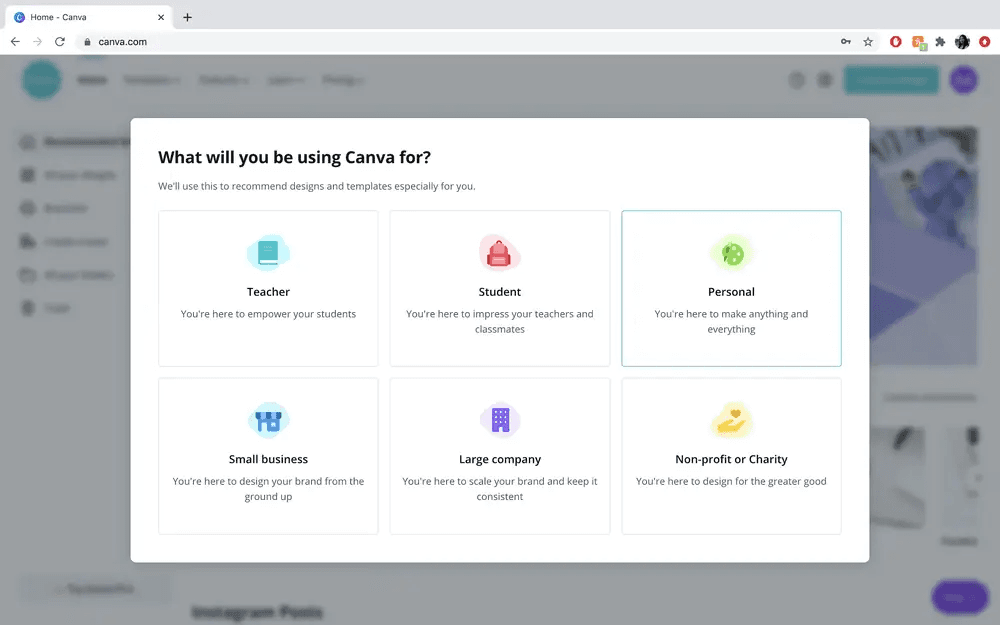
Source: Business Insider
Then, as the onboarding process proceeds, the user is instructed only about the features appropriate for their use case.
For example, a student doesn’t need information on the corporate features of the app, so they’re not shown those features during onboarding, making this onboarding process customized to their needs.
Remember, a highly personalized onboarding process helps you establish a connection with your user and cater to their specific needs as a customer.
If you want customers to adopt your products and stay loyal to your brand, you can’t go wrong with a personal touch during onboarding.
Use Interactive Product Walkthroughs
Another element of onboarding that can boost adoption is interactivity.
Simply put, if you can engage your new customers and encourage them to actively participate in the onboarding process, your chances of retaining them will increase.
Let’s explain this a little further. When users first start interacting with your software, they’re looking for value.
They want to know how the product can improve their work or life and help them achieve success.
Therefore, a good onboarding strategy is to help them reach that success in as little time as possible.
If you manage to do that, you’ll show the customer they can achieve their goals using your product, which makes it almost certain they will keep using the software.
Here’s a visualization of this process:
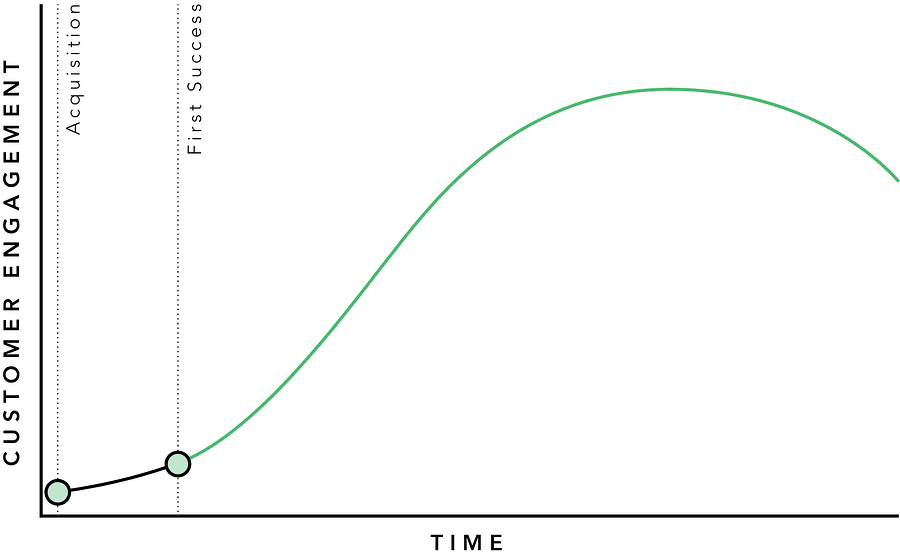
Source: Thought Industries
As you can see, after the moment of purchase, the user’s engagement levels are low.
If you give them a chance to have their first win with the product soon, their excitement will rise and they will start achieving goals independently.
Your onboarding process can help you make this happen, especially if it’s interactive.
A passive product walkthrough that only shows users where everything is, without engaging them, just isn’t as effective.
A great example of an interactive product walkthrough can be found at Ninox, a no-code/low-code database building software.
The onboarding process here starts with a welcome message and a quick tour of the user interface.
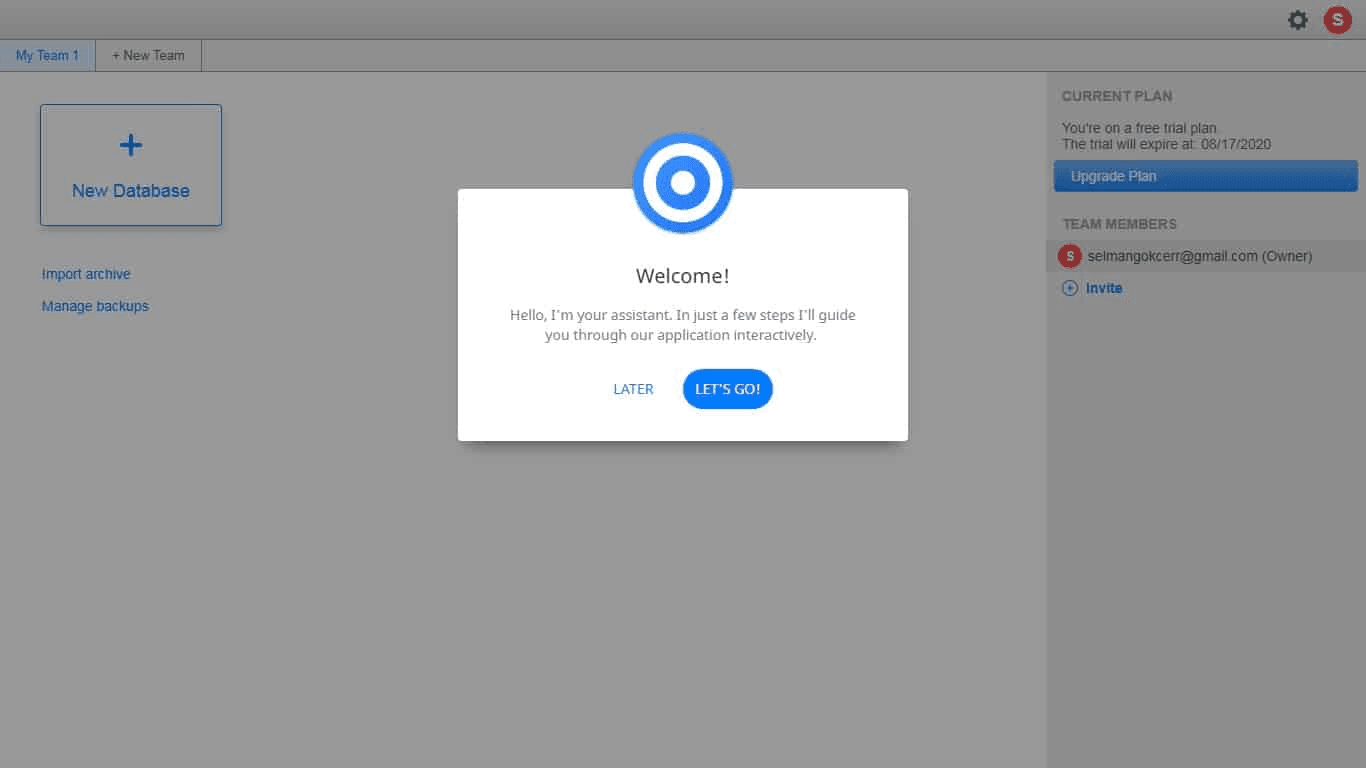
Source: User Guiding
After the features of the product have been explained, the next part of onboarding encourages the readers to try them out for themselves.
Among other things, it guides the user through the process of creating their first simple database.
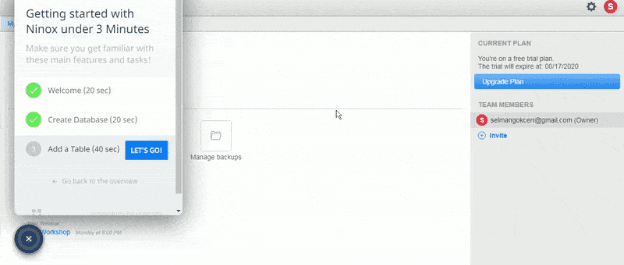
Source: User Guiding
After the user has successfully completed these tasks, the onboarding process is finished and the user now knows how to make use of the product to achieve their goals.
In other words, the onboarding process has supported the user in achieving success with the product for the first time, which inspires confidence and motivates the user to keep using the product.
This kind of onboarding isn’t too complex to implement, but it can be highly effective in improving adoption.
In our Ninox example, the effect of including an interactive walkthrough was simply astounding.
The company increased product adoption to 74% and retained ten times more customers after they went through their onboarding process.
So if you’re struggling to convince your users to keep using your product, see what you can do to make onboarding more interactive.
As new users take a more active role in the onboarding process, they’ll get to know your product better.
That can help them achieve their goals, motivating them to keep coming back to your software.
Have a Great Product Knowledge Base
According to a study done by Retently, a company that offers a customer experience management platform, the top three causes of churn are as follows:
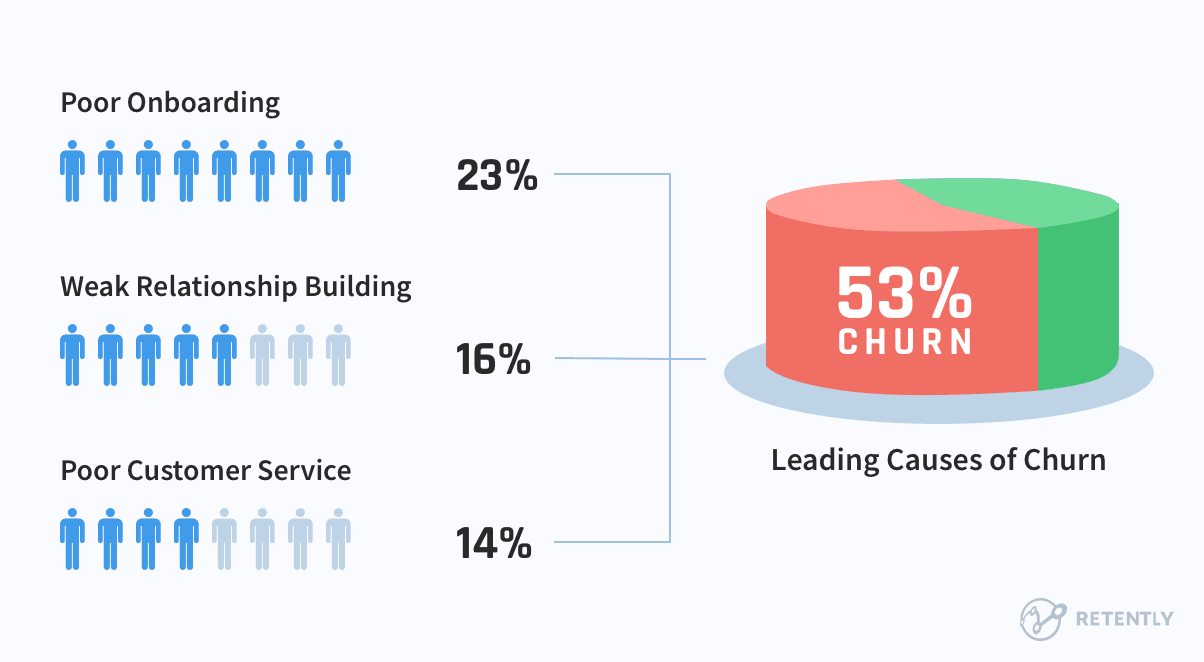
Source: Retently
We already talked about poor onboarding and weak relationship building (lack of a personal touch) in the first two sections of this article, so we can now turn to the third leading cause: poor customer service.
It’s easy to see why bad customer service stands in the way of high adoption numbers.
Users will likely encounter obstacles in their journey with your product, especially in the early days.
They will turn to your customer service channels in those moments to find support and resolve issues so that they can keep using the software.
However, if your team can’t provide timely and high-quality support for each user, then those issues will remain unsolved, and customers will start to abandon the product because the obstacles toward adoption haven’t been removed.
Now, quality customer service is costly and quite difficult to deliver every day, especially for SaaS startups or smaller companies that can’t afford large support teams.
Which is why many companies rely on product knowledge bases to handle a great volume of incoming customer support requests.
We’ll explain further using Skype’s product knowledge base.
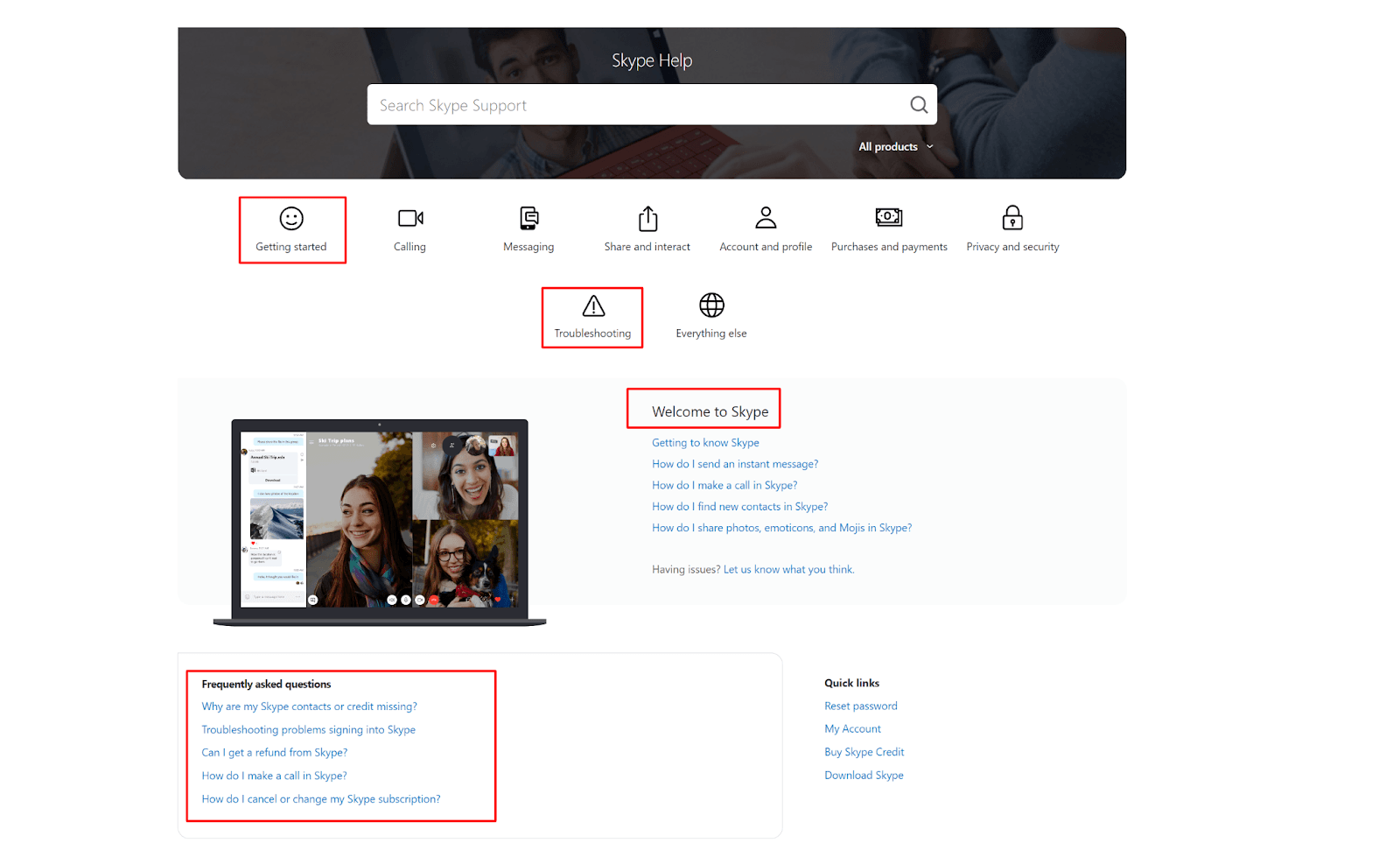
Source: support.skype
As you can see, the knowledge base has pretty much every resource a new user might need in the product adoption phase.
There’s a welcome message and a getting started guide for newcomers to the app, frequently asked questions usually posed to customer support reps but easily answered here, and a troubleshooting guide that can help users solve basic issues on their own.
Do you see the value of this?
With a product knowledge base, users who are still learning about the product can get instant, high-quality support on their journey by accessing the knowledge base, without waiting for a customer support rep to pick up the phone or reply to their email.
The best thing about this is that online customer-facing knowledge bases like Skype’s from our example are incredibly easy to create, deploy, and manage these days, thanks to modern-day documentation software.
Tools like Archbee will enable you to create product documents, complete with media, diagrams, and code, as easily as you would write a Word or Google document.
The knowledge base you create will be published to your own domain (docs.yourdomain.com) and safely hosted on our dedicated servers in just a couple of clicks.
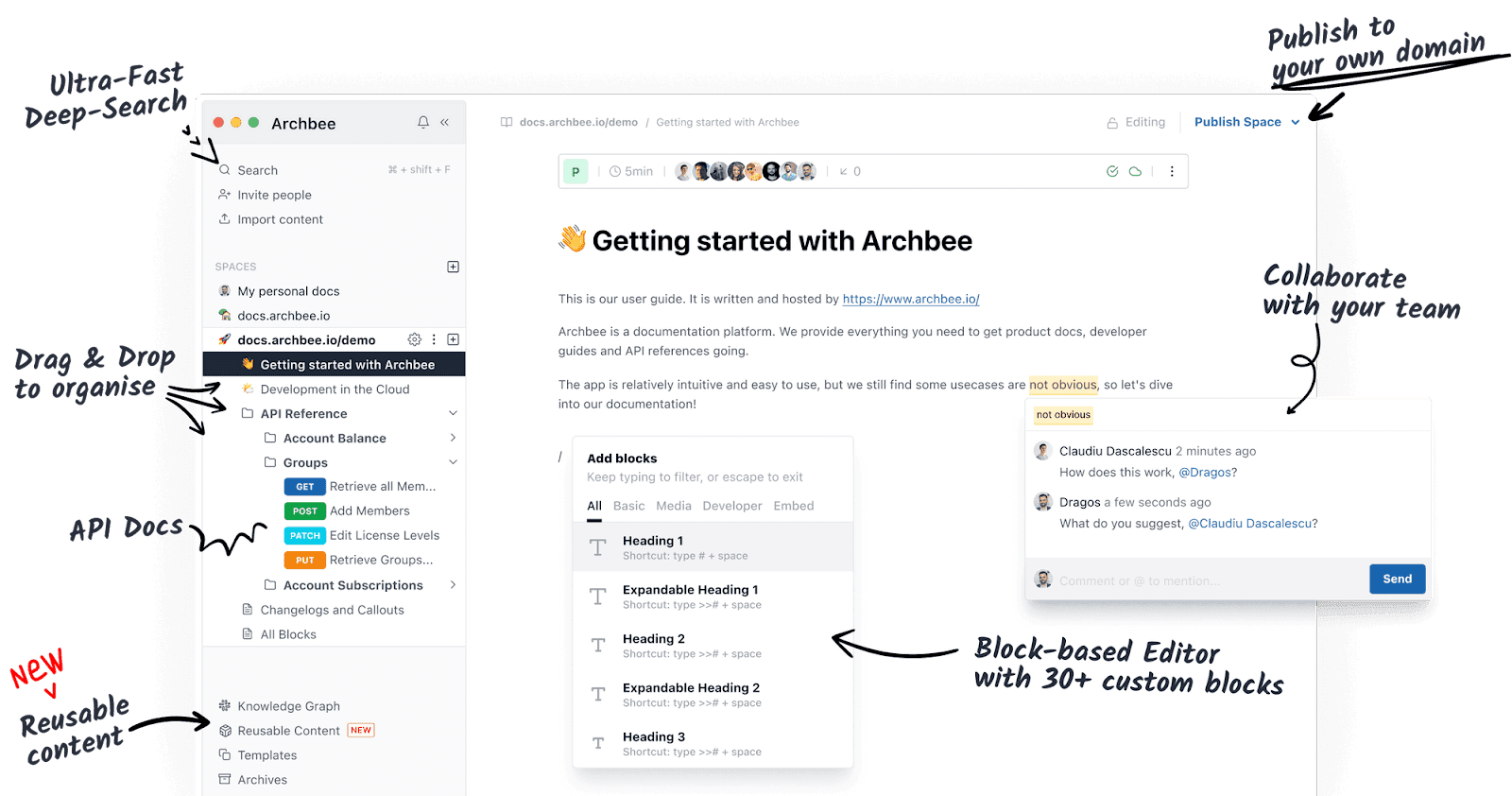
Source: Archbee
Long story short, high product adoption is impossible without quality support.
And building a rich product knowledge base can enable you to deliver instant support to new users at a low cost, facilitating fast and effortless product adoption.
Use Customer Feedback to Improve Your Product
Whatever type of software product you’re building, you should always be aware that it can be improved over time to better suit user needs and thus improve user adoption.
But how do you collect data on which aspects of the product users are struggling with and which features can be improved or added?
Well, that part is simple: you ask your users.
Collecting customer feedback is an essential part of any software product’s management system.
That’s because feedback can drive the further development of your product and help focus your efforts on what your customers want.
The good news is that feedback can be collected in a number of ways that require little effort.
The most common one is sending email surveys to gauge how your users are feeling about your software and what they think can be made better.
Tools like Survey Monkeys are ideally positioned to help you with that.
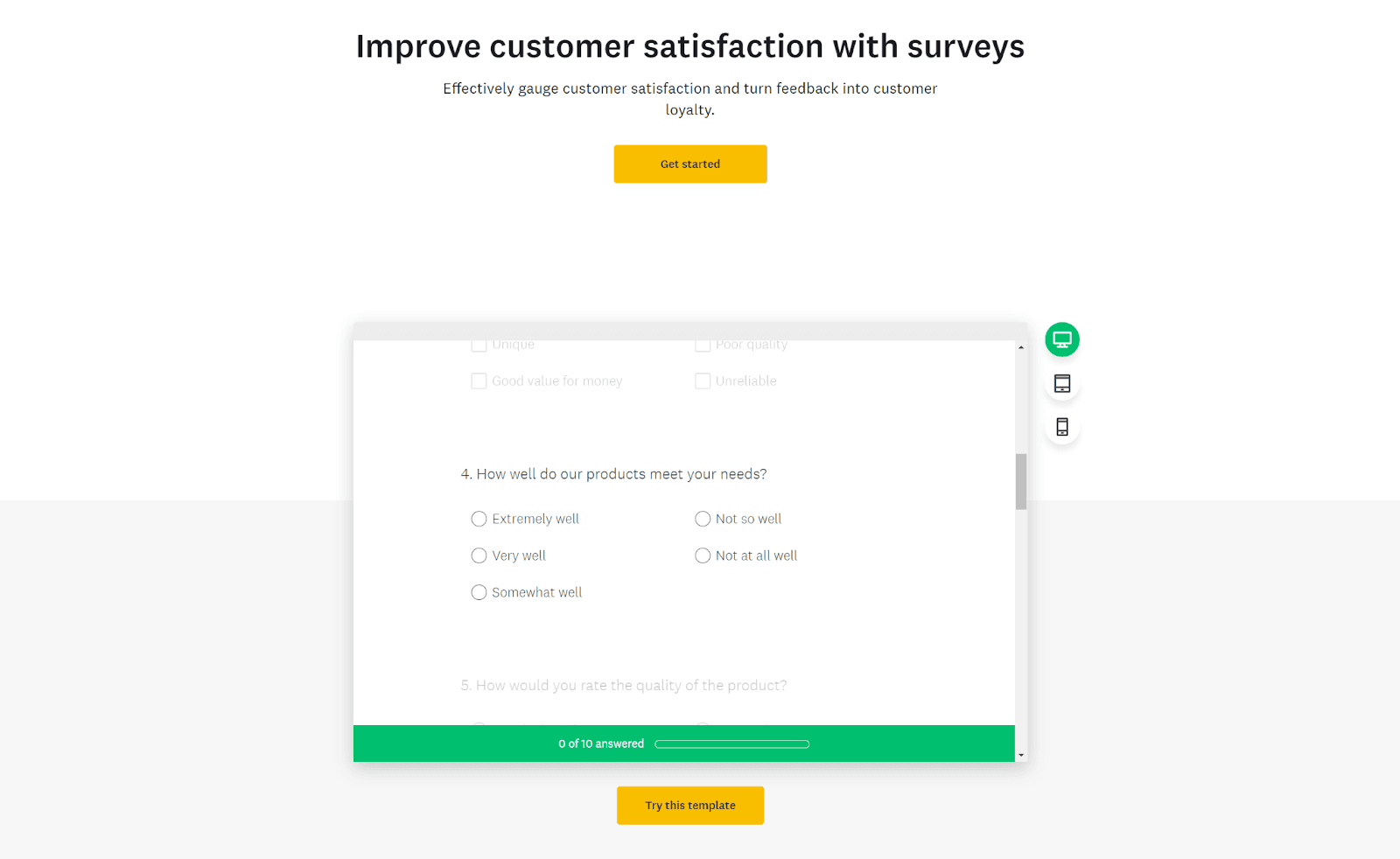
Source: Survey Monkey
Survey Monkey even offers templates that you can use immediately to build your user feedback survey and send it to your client list.
And as the average response rate for email surveys is almost 25%, you can expect to generate some quality feedback this way.
Another channel for collecting feedback can be found in social media.
Users frequently voice their opinions and complaints using their social media accounts, so having a presence on at least a couple of social sites can enable you to capture this feedback and act on it.
Here’s a great example. This LinkedIn user proposed a tweak to Grammarly’s dictionary feature. She caught the company’s attention by using the Grammarly hashtag.
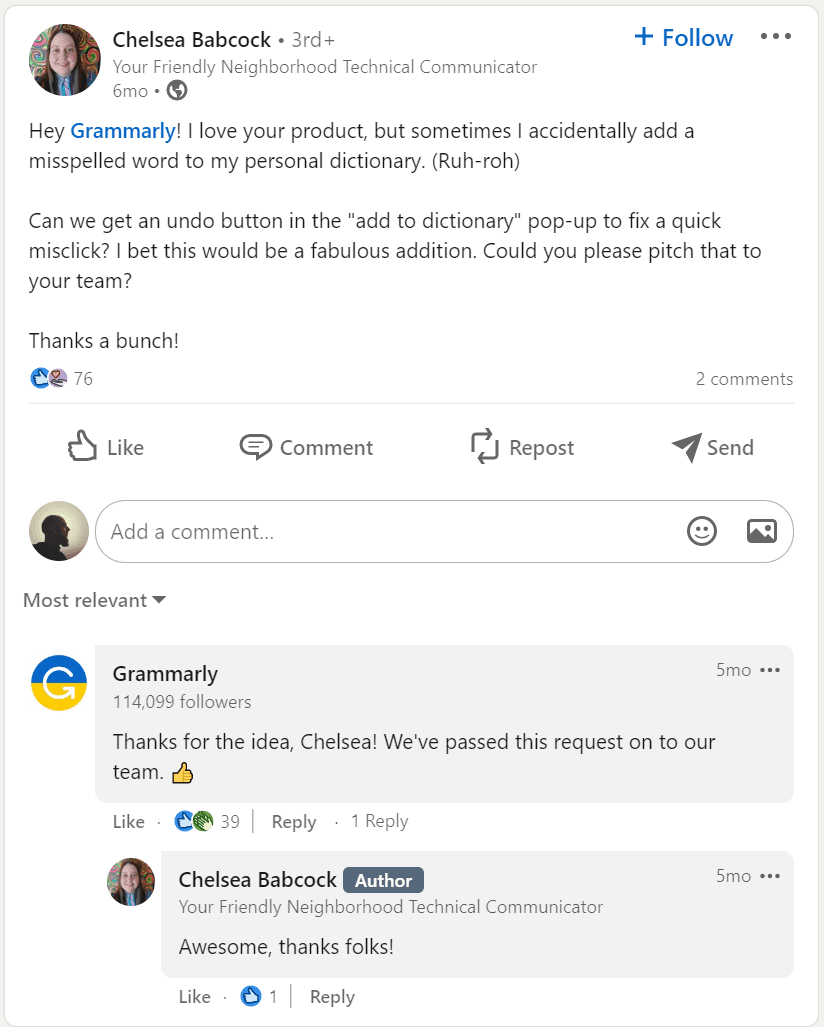
Source: Chelsea Babcock on LinkedIn
This feedback was easily noticed by the team at the company and they replied that they would take it under consideration.
So, as you can see, this method of collecting feedback is also a great way to foster positive relations with users and make them feel like their voices are heard.
Finally, you can also set up a feedback-gathering feature on your own website and collect user suggestions close to home.
For example, at Archbee, we’ve implemented a roadmap feature where users can suggest changes to our documentation software and vote on the updates they want to see in the software.
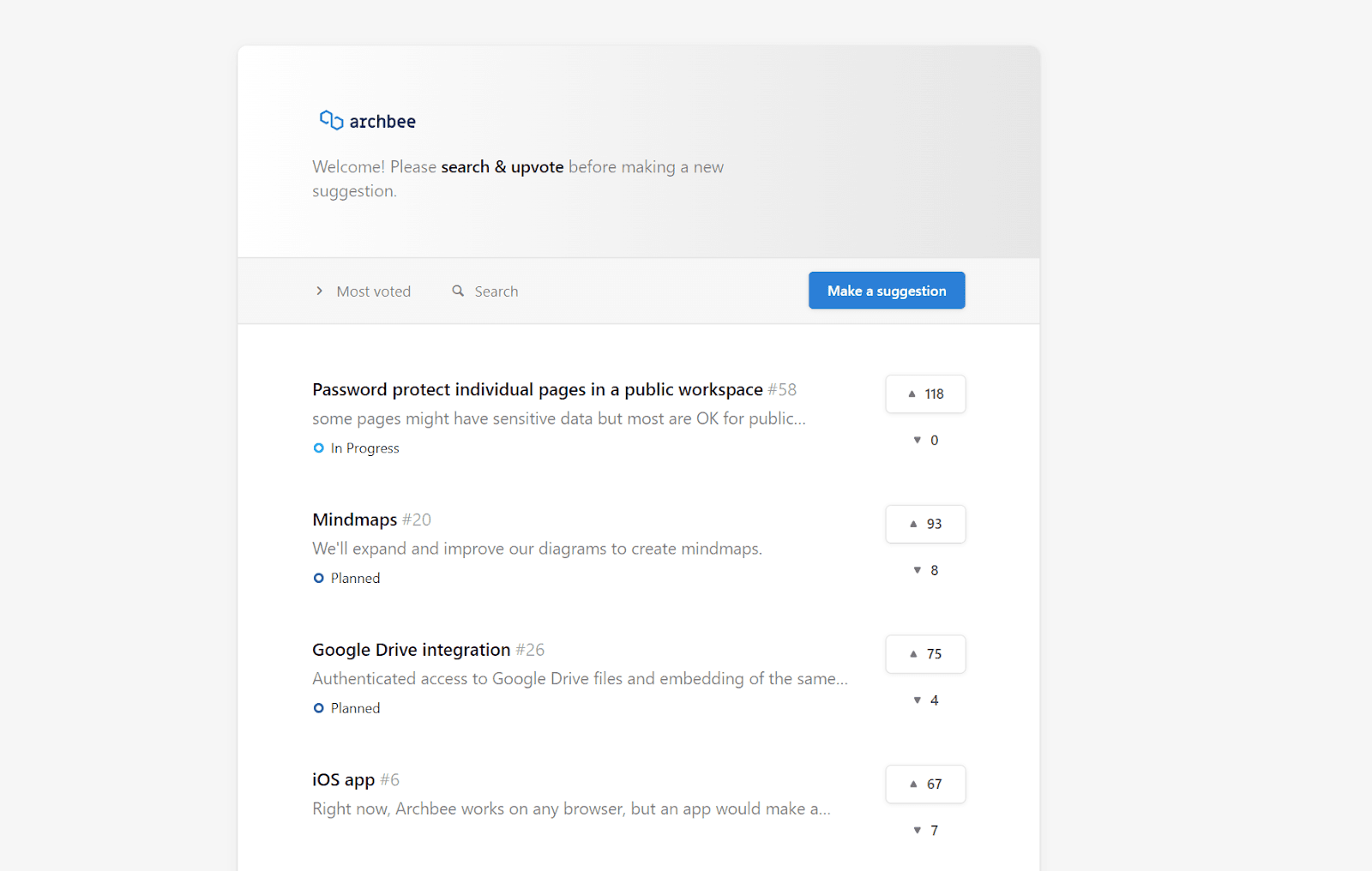
Source: Archbee
This allows us to put the users behind the wheel and let them guide us on how Archbee will evolve in the future to better serve their needs.
The key takeaway here is that your users are the ones your product needs to satisfy.
By collecting their feedback and acting on it, you’re adapting the product to the user and ensuring better adoption rates.
Conclusion
At the end of our discussion about increasing SaaS product adoption, we can conclude that focusing on three elements can significantly improve your adoption figures.
These elements are onboarding, support, and feedback.
Investing a little more effort in each of these categories should do wonders in helping your customers find value in your product and motivating them to keep using it.
You’ve built your product with love, now it’s time to show the world why your product is worth investing in.
Frequently Asked Questions
Personalized onboarding tailors the first-run experience to who the user is and what they’re trying to accomplish, so they see value fast. Practically, that means: - Greet users by name and communicate from a real person (name/photo) to build trust. - Ask lightweight questions at signup (role, goals, company size, experience level) and use that to segment flows. - Show only the features, templates, and examples relevant to their use case. - Adjust depth and pacing based on expertise (beginner vs. advanced paths). - Provide contextual tooltips, checklists, and emails that reflect their goals. - Offer optional human touches (concierge calls, office hours) when needed. The result is a smoother path to first value and a stronger connection from day one.



